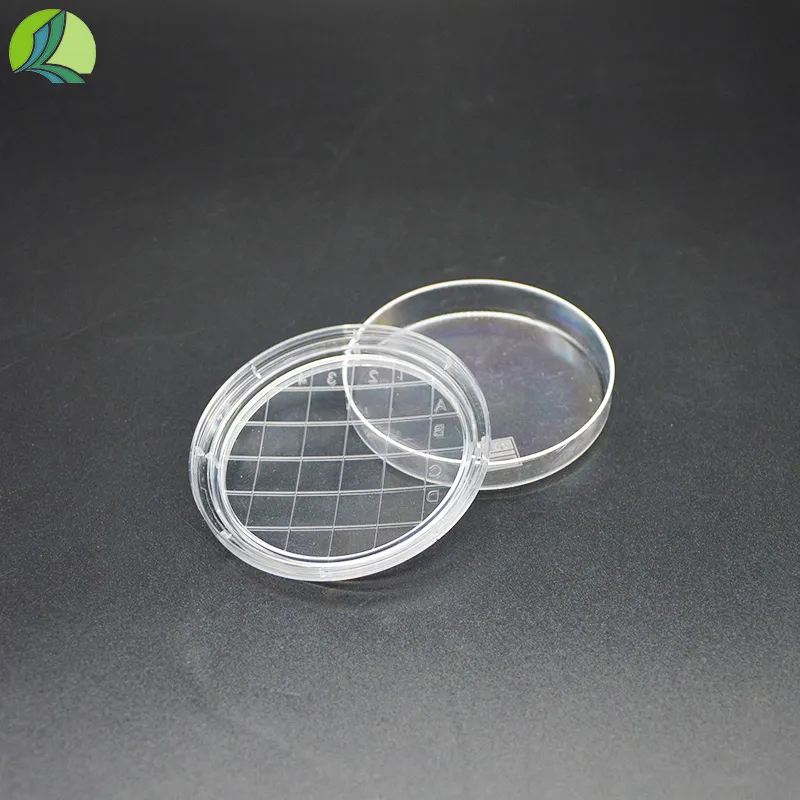centrifuge tube function in laboratory
The Function of Centrifuge Tubes in Laboratory Settings
Centrifuge tubes play a crucial role in laboratory settings, particularly in the fields of biology, chemistry, and clinical research. These specialized containers are designed to withstand the high-speed rotation of a centrifuge, which is a laboratory instrument used to separate components of a mixture based on their densities. Understanding the function and significance of centrifuge tubes can greatly enhance experimental efficacy and results.
Design and Materials
Centrifuge tubes come in various sizes, typically ranging from 1.5 mL to 50 mL, but larger sizes are also available for specific applications. They are made from materials such as polypropylene or polycarbonate, which are chosen for their durability and resistance to chemical interactions. These materials allow the tubes to withstand the high forces experienced during centrifugation without breaking or deforming.
Some centrifuge tubes have graduated markings on the sides, enabling precise measurement and easy observation of the liquid levels inside the tubes. Additionally, many tubes are designed with screw caps or snap-on lids that provide secure sealing, thus preventing contamination or evaporation of the samples.
Applications and Functions
The primary function of centrifuge tubes is to facilitate the separation of substances within a solution. When a sample is placed in a centrifuge tube and spun at high speeds, the centrifugal force pushes denser particles toward the bottom of the tube, while less dense substances remain suspended in the liquid above. This process is vital for numerous applications, including
1. Cell Separation In biological laboratories, centrifuge tubes are frequently used to isolate cells from a mixture. For example, when working with blood samples, researchers can separate plasma from red blood cells, enabling further analysis of the components.
centrifuge tube function in laboratory

2. Protein Purification In biochemistry, centrifuge tubes are integral in the purification of proteins. By using different speeds and durations of centrifugation, researchers can isolate specific proteins from crude extracts, allowing them to study their functions and interactions in detail.
3. DNA/RNA Extraction Molecular biology techniques involve the separation of nucleic acids. Centrifuge tubes are utilized in various extraction protocols to isolate DNA or RNA from cellular debris, enabling further genetic analysis.
4. Precipitation and Filtration Centrifugation can help in the removal of precipitates or contaminants from solutions. Researchers can use these tubes to spin down unwanted materials, allowing for the recovery of clear supernatants for further experiments.
5. Sample Storage Some centrifuge tubes are designed for long-term storage of samples. They provide a sterile environment that protects sensitive biological materials from degradation or contamination over time.
Safety Considerations
While centrifuge tubes are generally safe to use, it is essential to follow proper laboratory safety protocols. Overfilling the tubes can lead to spills and contamination, while using damaged tubes may result in breakage during centrifugation, posing risks to laboratory personnel. It is also crucial to balance the centrifuge by placing an equal number of tubes with similar weights opposite one another. This balance prevents damage to the centrifuge and ensures accurate results.
Conclusion
Centrifuge tubes are indispensable tools in modern laboratory practices. Their specific design and functionality allow for the efficient separation and analysis of biological and chemical samples. From cell and protein isolation to sample storage, these tubes have revolutionized how researchers approach various scientific inquiries. As laboratories continue to evolve with advanced techniques and technologies, the importance of reliable centrifuge tubes remains steadfast, underscoring their role in facilitating groundbreaking discoveries across multiple disciplines. Understanding the functions and applications of these tubes empowers researchers to enhance the accuracy and efficiency of their experiments, leading to further advancements in science and medicine.
-
Aesthetic Makeup Spray Bottles | Fine Mist Empty RefillableNewsAug.19,2025
-
White Plastic Veterinary Vaccine Vials | Lab Liquid BottlesNewsAug.18,2025
-
Plastic Medicine Liquid Bottle: Secure Flip Top Drug VialsNewsAug.17,2025
-
Durable 250ml Blue Plastic Vaccine Vial for Lab & Vet UseNewsAug.16,2025
-
Sterile Virus Sample Tubes: Secure & Reliable Specimen CollectionNewsAug.15,2025
-
White 250ml Plastic Vaccine Vial for Lab & Vet MedicineNewsAug.14,2025
























